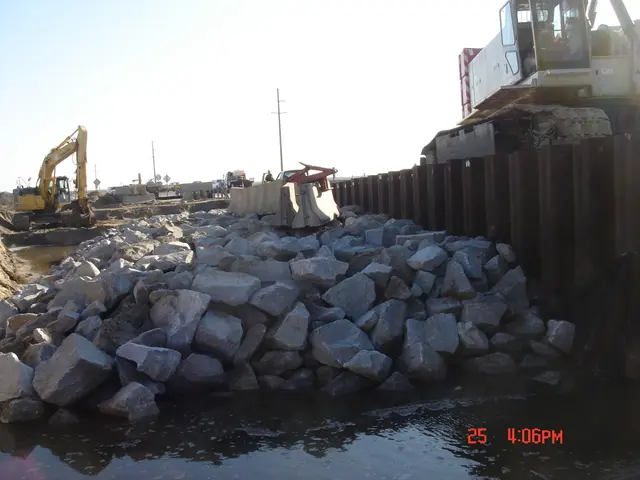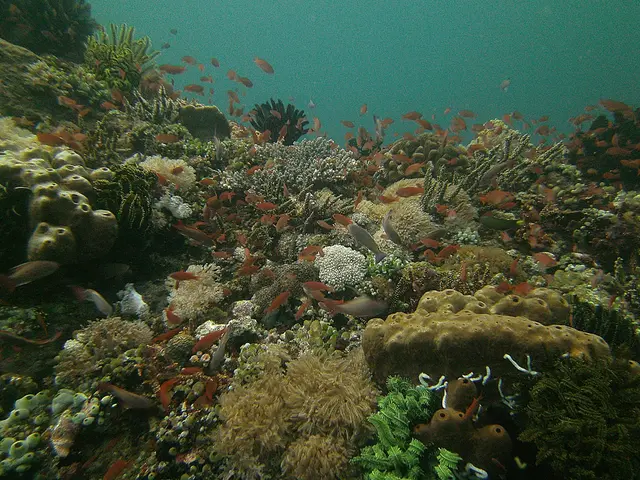ASEAN Unites Climate and Digital Tech to Tackle Agricultural Emissions
ASEAN is set to unite climate tech and digital tech to tackle agricultural greenhouse gas emissions. This collaborative effort, initiated by various parties, aims to reduce emissions while enhancing agricultural productivity and resilience.
The ASEAN Member States, working together through organisations like the ASEAN Centre for Biodiversity and the ASEAN Working Group on Climate Change, are at the forefront of this initiative. They are joined by international partners such as the United Nations, regional climate initiatives, and the private sector. The goal is to harness the power of climate tech and digital tech to mitigate and adapt to climate change in the agrifood sector.
Vietnam has already taken a lead by implementing Alternate-Wetting-Drying (AWD) technology, reducing methane emissions from rice cultivation by up to 50%. Japan is sharing its expertise to converge digital tech with climate tech across ASEAN. This convergence is seen as a low-hanging fruit to help ASEAN reduce its global warming impact. Digital sensors can monitor water levels for AWD, enabling governments and the private sector to estimate methane reduction and contribute to a Measurement, Reporting, Verification (MRV) system for carbon credits.
With the agricultural sector being the largest GHG emissions contributor in six ASEAN Member States, and rice cultivation significantly impacting total national emissions, this collaborative effort is crucial. By converging climate tech and digital tech, ASEAN can effectively reduce emissions, improve agricultural operations, and contribute to global climate change mitigation.
Read also:
- Overcoming Yielding Regulations Hurdles in Indian Export Sector for EU Markets
- Palisades Fire Threatens UCLA Neighborhoods, Resident Proposes Rezoning
- A community of individuals navigating the same journey of infertility stands together in camaraderie
- Vibrant Correspondence Between Elena and Camilla Unveiled







